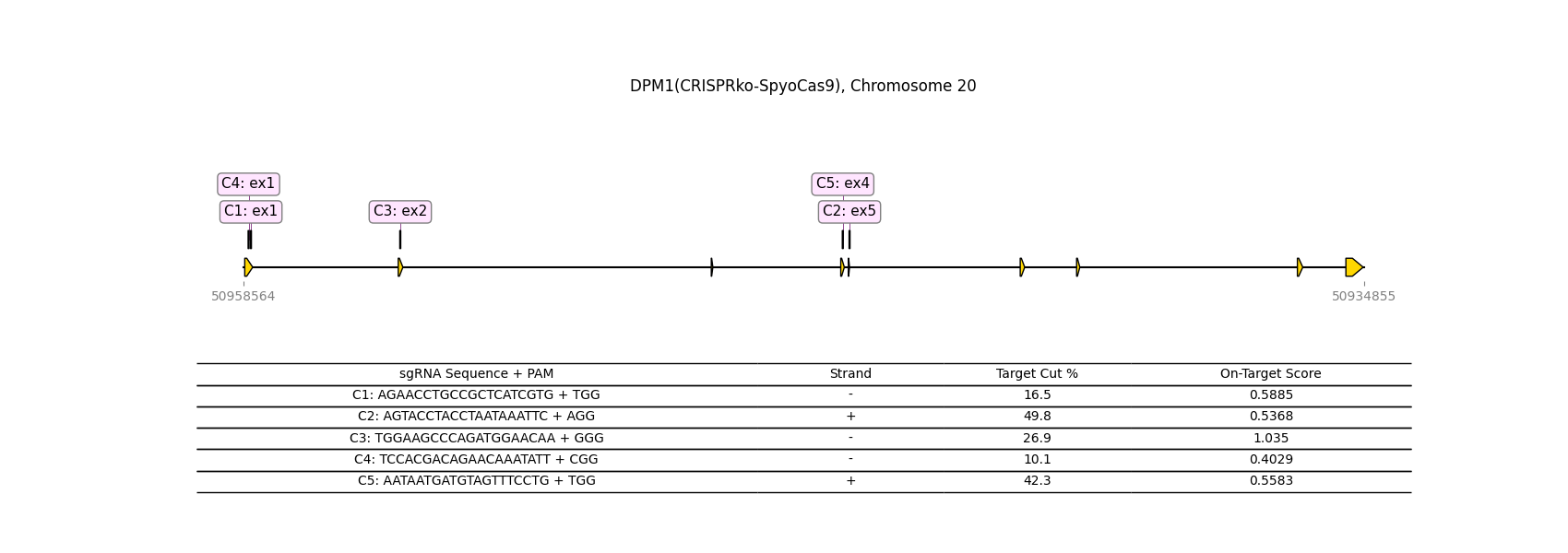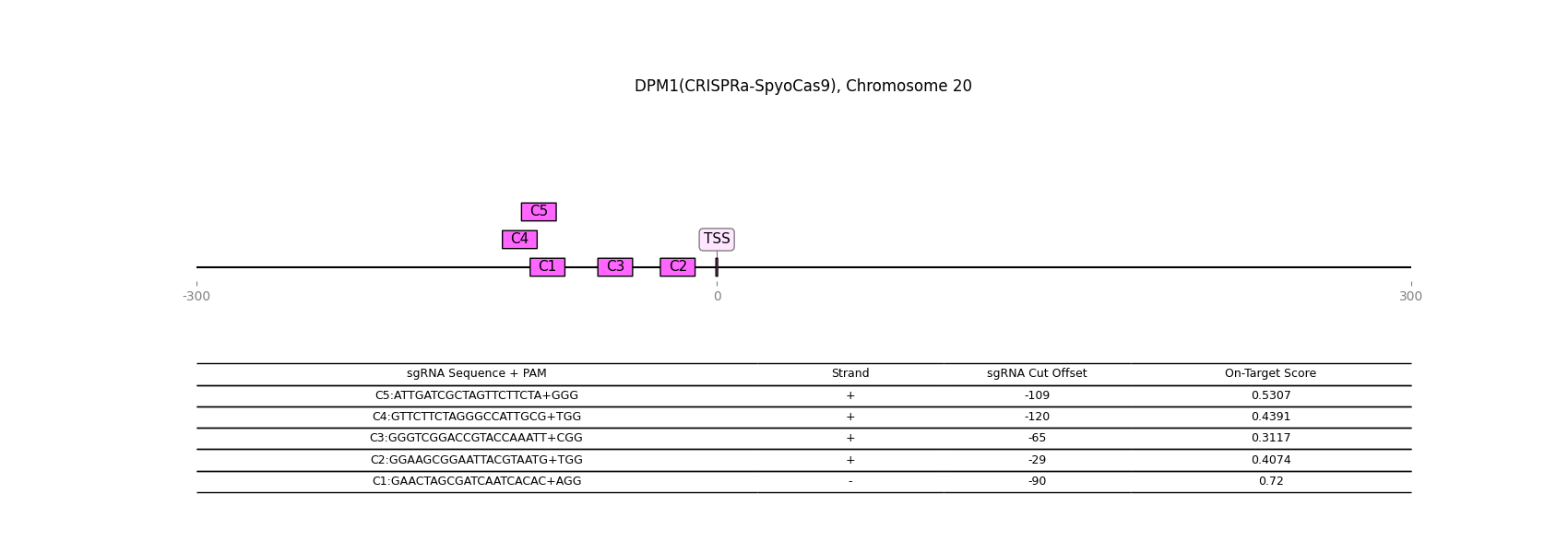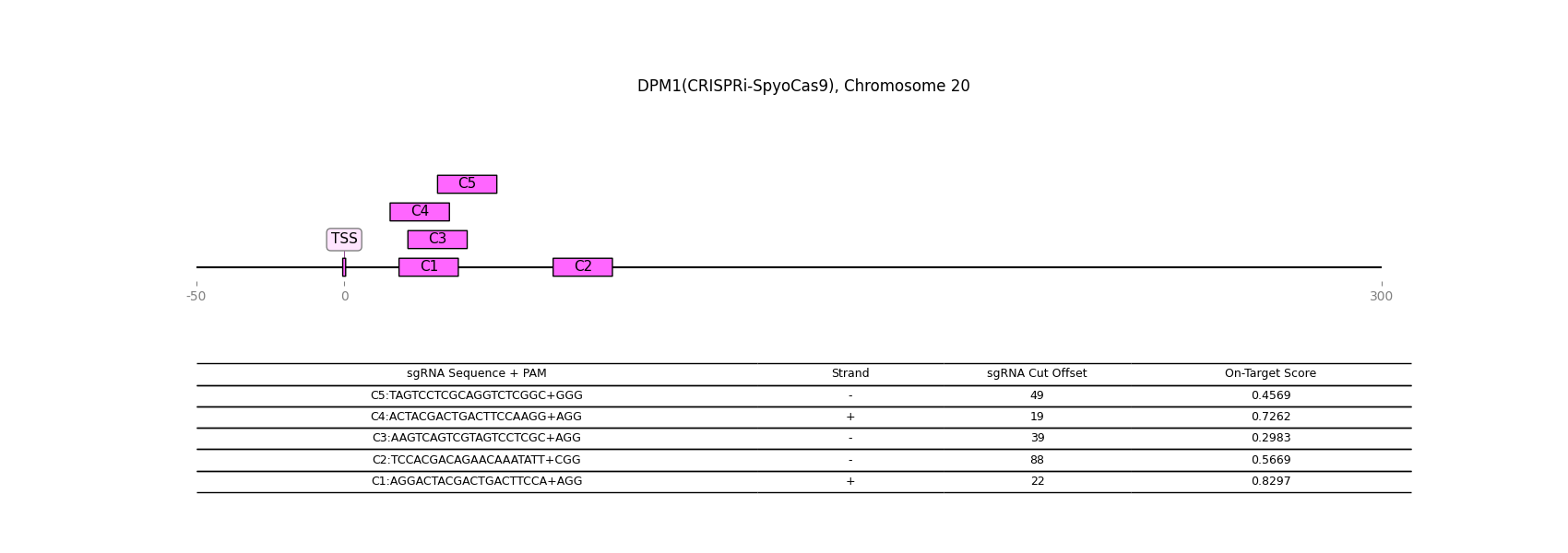Gene Details: DPM1
1 / 2
General Information
Gene Name: DPM1 (Dolichol-phosphate mannosyltransferase subunit 1)
Synonym:
Short Names:
Alternative Names: Dolichol-phosphate mannose synthase subunit 1;Dolichyl-phosphate beta-D-mannosyltransferase subunit 1;Mannose-P-dolichol synthase subunit 1;
Notes:
- Transfers mannose from GDP-Man to dolichol monophosphate (Dol-P) to Dol-P-Man.
- Dol-P-Man acts as a mannosyl donor in N-glycosylation, GPI, and O-mannosylation pathways.
- This is the catalytic subunit of the dolichol-phosphate mannose (DPM) synthase complex, that also includes DPM2 and DPM3.
Description from Dr.Glyco-GPT:
Warning: LLMs can generate factually incorrect information, as they simply predict the next word based on training data. Always verify LLM output by cross-checking with reliable sources!
Catalytic Activity

Reaction and Disease Links
EC # (IUBMB):
2.4.1.83
Brenda:
2.4.1.83
KEGG: 8813
Transcript levels (Cell lines and Single cell data) URL
CRISPR-knockout

CRISPR-activation

CRISPR-inactivation

Transcription factor-gene relationship (details at glycoTF page)
Top 10 TFs
| TF | Score |
|---|---|
| TCF25 | 1.098148 |
| UBE2I | 1.089075 |
| XRCC5 | 1.082936 |
| SON | 1.082386 |
| HNRNPK | 1.081925 |
| RBM39 | 1.079140 |
| YY1 | 1.069994 |
| SRSF3 | 1.057352 |
| PCBP1 | 1.057343 |
| PCBP2 | 1.056234 |
Licensing: CC BY 4.0. You are fee to copy, redistribute, remix, transform and build upon all material, except for textbook figures from the Essentials.